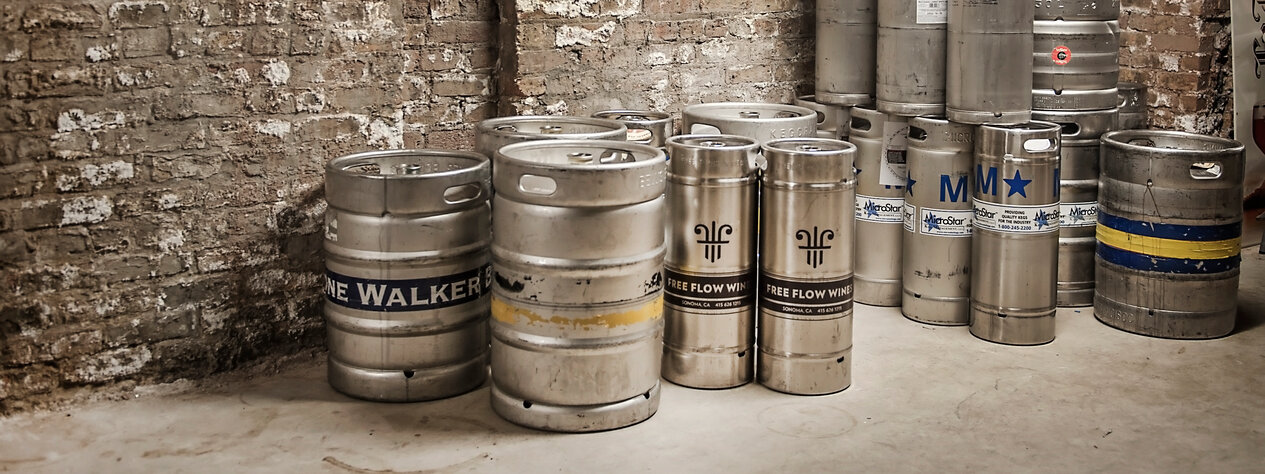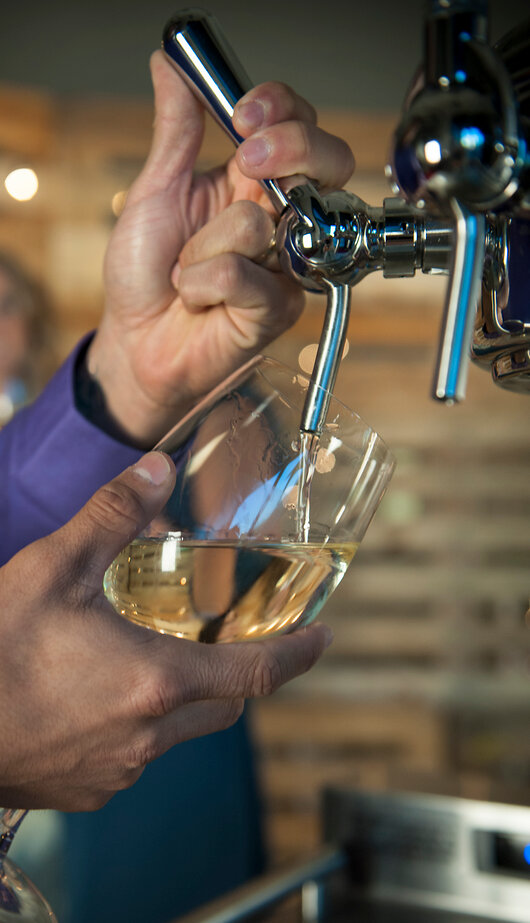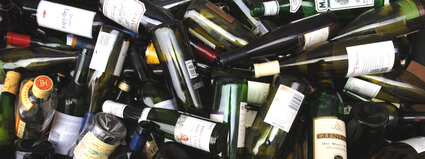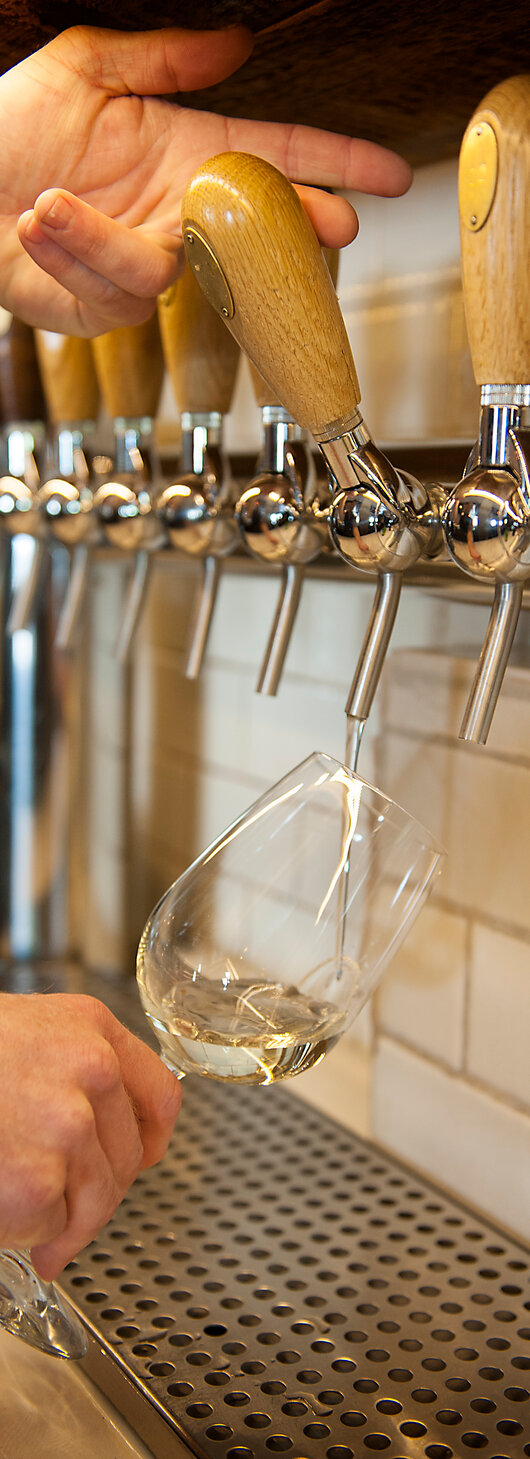Wine on Tap: Benefits and Best Practices
A whimsical, unaccredited quote adorns many glasses, napkins, and canvases: Wine is the answer; what was the question? For many Americans, this speaks the truth! According to the Wine Institute, Yankees consume nearly a billion gallons of wine annually – about three gallons per person!
According to a new study, millennials (those aged 18-34) and Generation Xers (35-54) drink more wine than any other age group. They’re drinking almost twice as much as baby boomers (55+). These two demographics are key to the survival of many bars and restaurants, so it’s important to cater to them. Of course, stocking wines can be a challenge, so today, the answer may not be just wine but kegged wine.


Why Kegged Wine?
Free Flow Wines, the Wine On Tap pioneer and a premier provider of over 250 kegged wine brands reveals that wine on tap is rapidly growing in popularity. In 2011, the company shipped just 7,200 kegs annually; today, they’re shipping more than 175,000. Here are why tapping into this booming market is a good investment.
Taste & Consistency Improvement
When it comes to kegging vs. bottling, there’s just no comparison! In just a matter of days, opened bottles of wine can change their flavor profile (sparkling wines become flat; white, sweet, and rose wines oxidize and lose character; and red wines begin to sour and taste “vinegary”). This can lead to some very unsatisfied customers. Not so with wine by the keg, which tastes great and maintains its taste and consistency much longer than its bottled brethren.
Cost & Time Savings
Unlike kegged wines, old, bottled wine and wine compromised by heat due to improper storage need to be dumped down the drain, along with the dollars you’ve put into the purchase. But that’s not the only way kegged wine can save you money. Wine kegs also save bar and restaurant owners from paying the winery’s bottle, cork, carton, and labeling costs. “Since we’re not paying for the winery’s cost in bottles, corks, labeling, I can serve the same glass of wine for $12 that might have been $15 or $16 if we were poured it from a bottle,” says Nora O’Malley, the co-founder of New York City’s Lois, a restaurant serving only wine on tap.
Another advantage of wine of tap is that it’s a real-time saver. No longer do bartenders need to sort through an abundance of bottles – many of which look the same at a glance to find the right wine, nor do they have to spend time popping a stubborn cork. Instead, they belly on up to the tap and pull the handle!
Sustainability Advantages
Last but not least, stainless steel wine kegs are the ultimate green package. Today, many bars and restaurants employ sustainable practices, reducing our human-made carbon footprints on the planet and its ecosystems. Serving wines in keg compared to bottles reduces the CO2 footprint by 96%! “Wine on tap is not a trend,” says Kareem Massoud, winemaker at Paumanok Vineyards. “It is part of the broader mandate of sustainability that defines the age in which we live."
Along with eliminating tons of packaging, stainless steel wine kegs are reusable for 30 years. Wondering how many pours are in a keg? Free Flow Wines reveals that one of their standard 19.5L kegs holds 26 bottles worth of wine or 132 five-ounce glasses. With wine by the glass accounting for up to 80% of wine sold in restaurants (equaling approximately 600 million bottles per year), even just 10% from a keg would keep 60 million bottles out of landfills yearly! Plus, do you know who’s big into sustainability? That’s right, that millennial market you’re going after; they’re more likely to patronize an operation that looks out for the greater good.




Wine on Tap Best Practices
Now that we’ve made a case for kegged wine let’s look at some of the best practices that will need to be followed to ensure a perfect pour every time.
Wine on Tap Equipment
Wine kegs (along with couplers, faucets, and fittings) should be composed of 304 or 316-grade stainless steel. These are the most popular and widely used types of stainless steel because they provide excellent corrosion and rust resistance. If plastic components are involved, be sure that they are FDA-approved. It’s recommended for tubing using Barriermaster Flavourlock™ tubing as it prevents oxygen permeation, which can compromise wine quality. For long draw wine on tap systems, glycol trunk lines and a power pack cooling system is ideal.
Keg Storage & Dispensing Temperature
Bottled wines must be stored differently, some at room temperature and some chilled. Kegged wines are no different. Here’s a good rule of thumb for their storage:
- Whites: store in the walk-in cooler and serve at 40–45° F
- Reds: store at room temperature, a maximum of 70° F, and serve at 55–60° F
Gas Pressure Settings & Wine Flow
Gas, of course, propels wine out of the keg and through the lines; it also eliminates oxidation, which prevents spoilage. The recommended pressure setting for direct draw kegs, such as a Micro Matic wine kegerator, is 4-10 PSI. To ensure accuracy, use a 0-15 PSI gauge.
To create the perfect pour for whites and reds, use a blended gas combination of 75% N2 and 25% CO2. This is sometimes referred to as “Guinness gas,” as it is also the gas combination used to dispense a keg of Guinness.
To adjust wine flow, locate the gas regulator pressure and adjust it. You’ll notice the change in pressure on the upper gauge.
Replacing the Gas Cylinder for Wine on Tap Systems
If the tank volume gauge reads less than 300 PSI, it will need to be changed. Here's how you can do it yourself:
- Turn off the gas by closing the valve at the top of the tank.
- Using a large wrench, unscrew the brass nut connecting the regulator to the tank.
- Pull out the old tank and replace it with a new one.
- Use a large wrench to securely tighten the regulator to the gas cylinder and open the tank valve. The applied keg pressure will register on the 0-15 pound gauge.
Wine Line Cleaning
As yeast, mold, and bacteria can build up in draft beer lines, damaging its taste, aroma, and appearance, dirty wine lines can also compromise the poured product. Line cleaning for kegged wines should be performed every three months or during a product change to ensure quality. Line cleaning laws vary from state to state, so you may want to speak with your keg wine distributors. Cleaning should include a caustic wash using a high PH and a citric acid wash using a low PH. Line cleaners from Micro Matic feature the latest surfactant, which reduces surface tension for fast and easy cleaning, and a low foam formula.
Kegged Wine FAQ
What does wine on tap mean?
Wine on tap comes from kegs, just like a draft beer. It’s becoming the preferred method of dispensing wine for bars and restaurants versus bottles as it offers many benefits, from cost savings to freshness.
How does wine on tap work?
Wine on tap works just like a kegged beer. The dispensing system draws wine from the keg to the tower via tubing, pouring it into a glass through a faucet.
How long does wine in a keg last?
A quality untapped wine stored in stainless steel keg will remain fresh indefinitely and for three months once tapped.
How much does a keg of wine cost?
This varies greatly, but the average cost is around $240. Considering that standard kegs are equivalent to 26 bottles of wine, that’s about $9 per bottle.
Is wine on tap better?
Wine in tap can ensure freshness, saves money and time, and is far more sustainable than bottles, making it a triple threat! In fact, one stainless steel keg eliminates 2,340 lbs of trash from the landfill over its lifetime.
Where can I get more information about wine on tap?
Our partners at Free Flow Wines have developed a fantastic resource website, Try Wine On Tap, to give you all the information you need to start pouring Wine On Tap.
Considering Kegged Wine? Count on Micro Matic!
For over 60 years, Micro Matic has been recognized as one of the world’s leading suppliers of draft beverage equipment. We specialize in keg-to-glass technology and offer a total solution for meeting your draft equipment needs. Our dedication to customer service is supported by four regional sales and distribution centers, the Micro Matic Dispense Institute for training and education, and a Certified Installer Network for draft system installations. Want to speak with a “perfect pour” expert? Contact Micro Matic today.